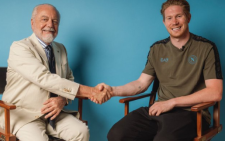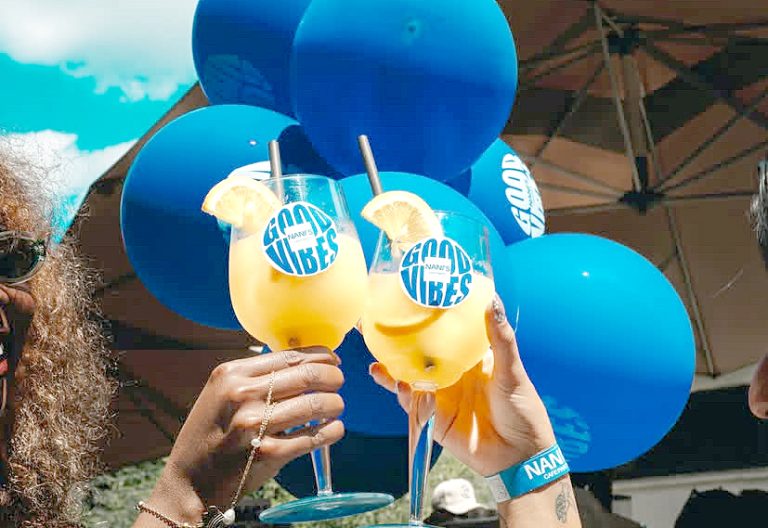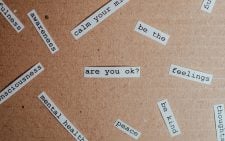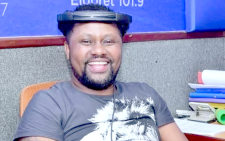Trio creates app for emergencies services
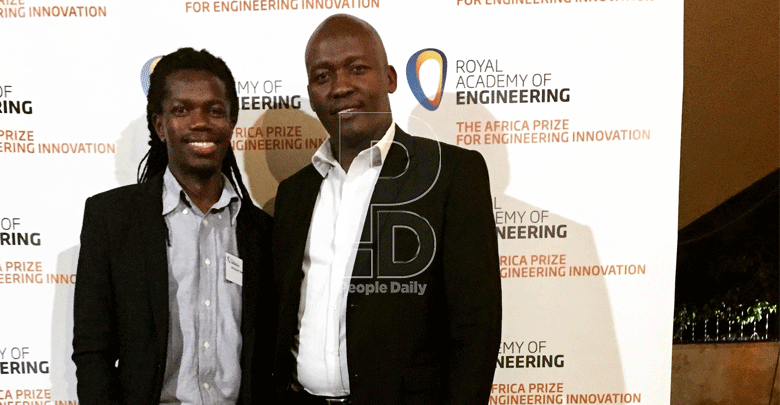
Eric Murithi, Vincent Awino and Edna Kendi came up with Upesy as a solution to situations such as break-ins, attacks on persons and other dangerous situations.
Adalla Allan @Adalla_Allan
Everyone wants to feel safe and secure, but not everyone gets to enjoy this. This was the case for Eric Murithi, who had an encounter with thugs trying to break into his then neighbour’s house.
He felt helpless over the situation at that moment because he could not access emergency services to report it, but knew he needed to do something about making Kenyans feel secure.
He talked to his colleague Vincent Awino, and together with Edna Kendi, they came up with an idea.
“When Eric tried the police emergency line, it was going through, but the response was gruelling and slow.
So, we thought, how can we involve all stakeholders in a more organised and efficient way in responding to emergencies?” says Vincent.
This is how Upesy was born. It is an app that enables users to effectively raise an emergency alert by either clicking the power-button on their phones at least four times or by clicking any emergency buttons available on the app.
Upesy aims at placing all emergency response services and security, medical, fire or road rescue providers on a single platform.
The duo took at least two years to fully develop the app, which currently has more than 6,000 users on both Android and iOS.
According to Vincent, it only sounded right for an app promising to efficiently deliver on emergency response service to have a name synonymous with speed. Upesi is a Swahili word meaning fast.
“When we went to register the word as a Trademark, somebody else had already done it, so we decided to replace the ‘I’ with a ‘Y’ if only to maintain the intended meaning and the onomatopoeia,” he narrates.
There are two levels of Upesy usage: Basic Users, who can raise alerts to their social safety net (a primary contact defined on the App) for free, and Premium Users, which in addition to the features available for the basic user, its raises alerts to private emergency services response providers at a monthly fee.
Upesy earns from a revenue-share arrangement with emergency service providers on premiums made by customers via the App.
Vincent says when a user raises an alert, their social-safety-network are notified almost instantaneously.
“If a user is subscribed, via Upesy, to a private emergency services response provider such as Securex, G4S, AAR Healthcare, Amref Flying Doctors, the alert is also sent to them,” he adds.
The message sent out indicates type of alert and user’s location to their social safety network. The alert is also sent to the control room of the user’s service provider.
“It indicates the type of alert, the user’s details including name, phone number, next of kin and the user’s current location.
The app causes the phone to make an automatic call to either one person in the user’s social-safety-network, the police or the user’s private service provider,” he explains.
Real-time tracking is enabled with the social-safety-network and private service provider able to see the user’s movement.
Further, the app records and relays the real-time audio at point of the incident to the user’s private service provider.
Vulnerable group
The founders says a lot of their customers are women since they are a vulnerable group.
They have also created a niche in the market, especially with the middle-class families who would rather forego installation of expensive traditional alarm systems in their homes.
Lately, the Upesy masterminds have noticed a growing number of people living in the suburbs in their compounds taking up the app.
The app also target users with characteristics such as active nightlife, travel, living alone.
“We were recently shortlisted for the Newton prize, a global competition held annually by the Newton Fund in the UK.
It celebrates outstanding international research partnerships that play an important role in addressing challenges around the world.
Upesy was selected for the Chairman’s fund for its impact on three UN’s SDGs: Good health and wellbeing, gender equality, or sustainable cities and communities, ” Vincent says.
To assess if their brainchild is solving the safety problems of its targetted users, they use several metrics to measure progress every week.
They then tweak the product based on the analytics generated with subsequent result .
“Some metrics we measure, per cohort of users for a given period, include rate of registration; rate of activation, rate of referral and rate of retention.
We also measure alert activations from pending, dispatch and finally to resolution including times taken at each stage,” Vincent says.
From 2018 to 2019, they conducted a six-month Proof of Concept (POC) with the National Police Service in which more than 2,500 incidents were reported and acted on by police.
“The PoC was aimed at enabling the public to share information with the police and raise emergency alerts to the police via Upesy.
It covered the entire country and achieved good results, meeting its earlier set objectives,” he adds. However, Vincent says they would move a lot faster with more capital.
With advent of Artificial Intelligence and Machine Learning, they are working on incorporating voice recognition, such that users will be able to raise an alert, without even touching their phones, they will just need to speak out their code word, and Upesy will do the rest.






